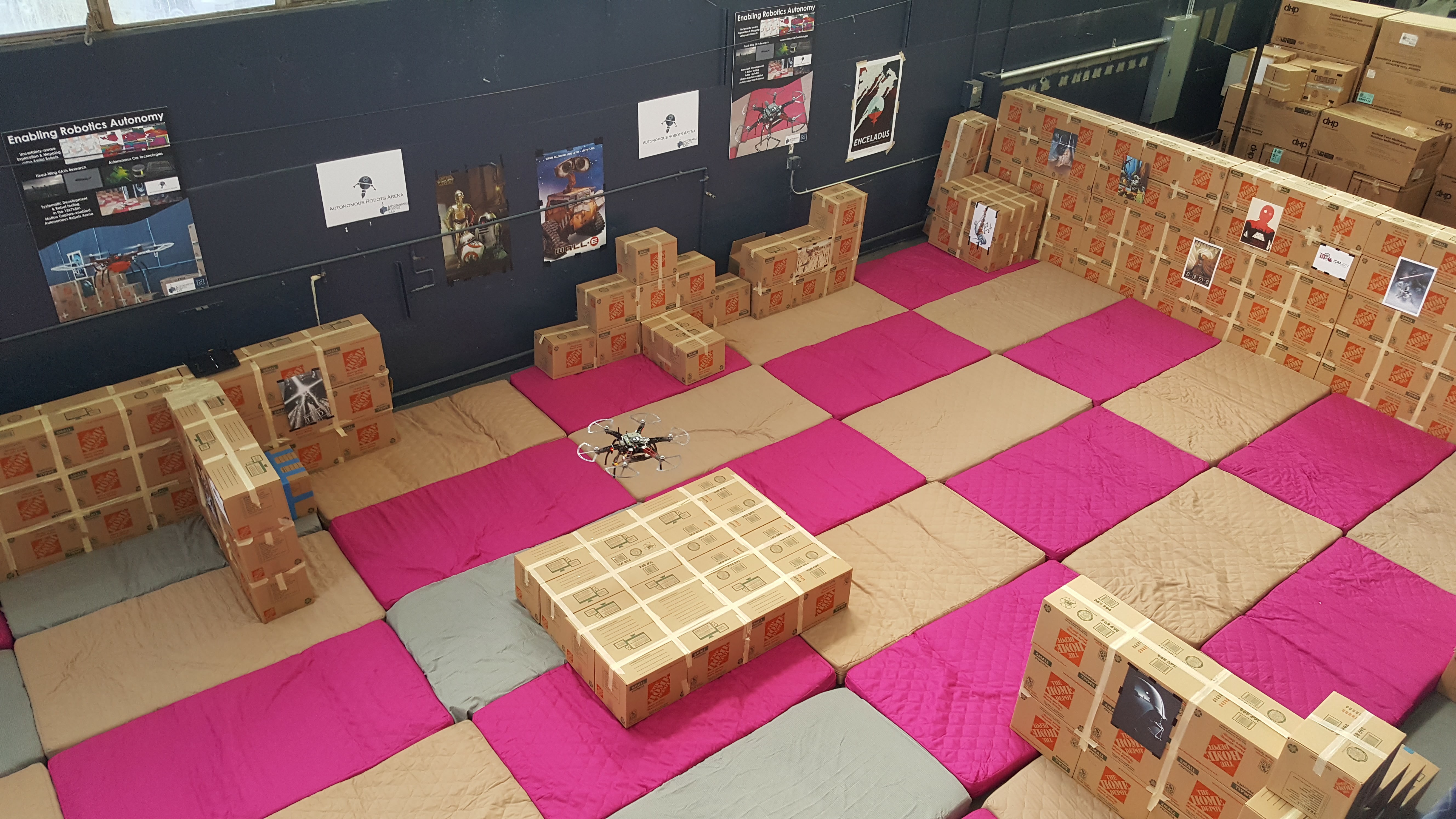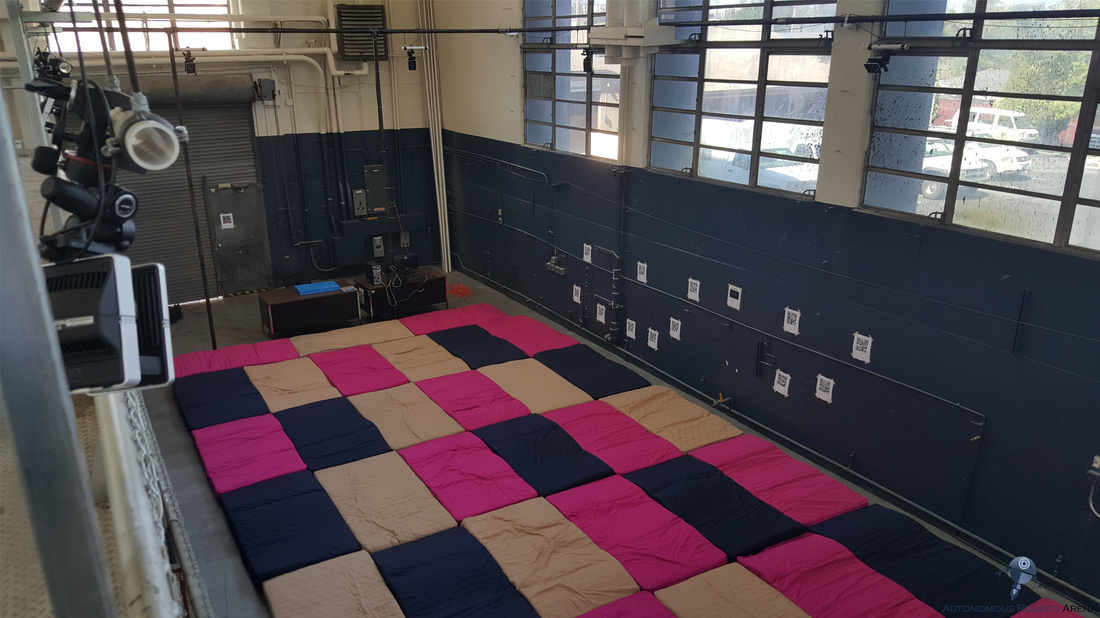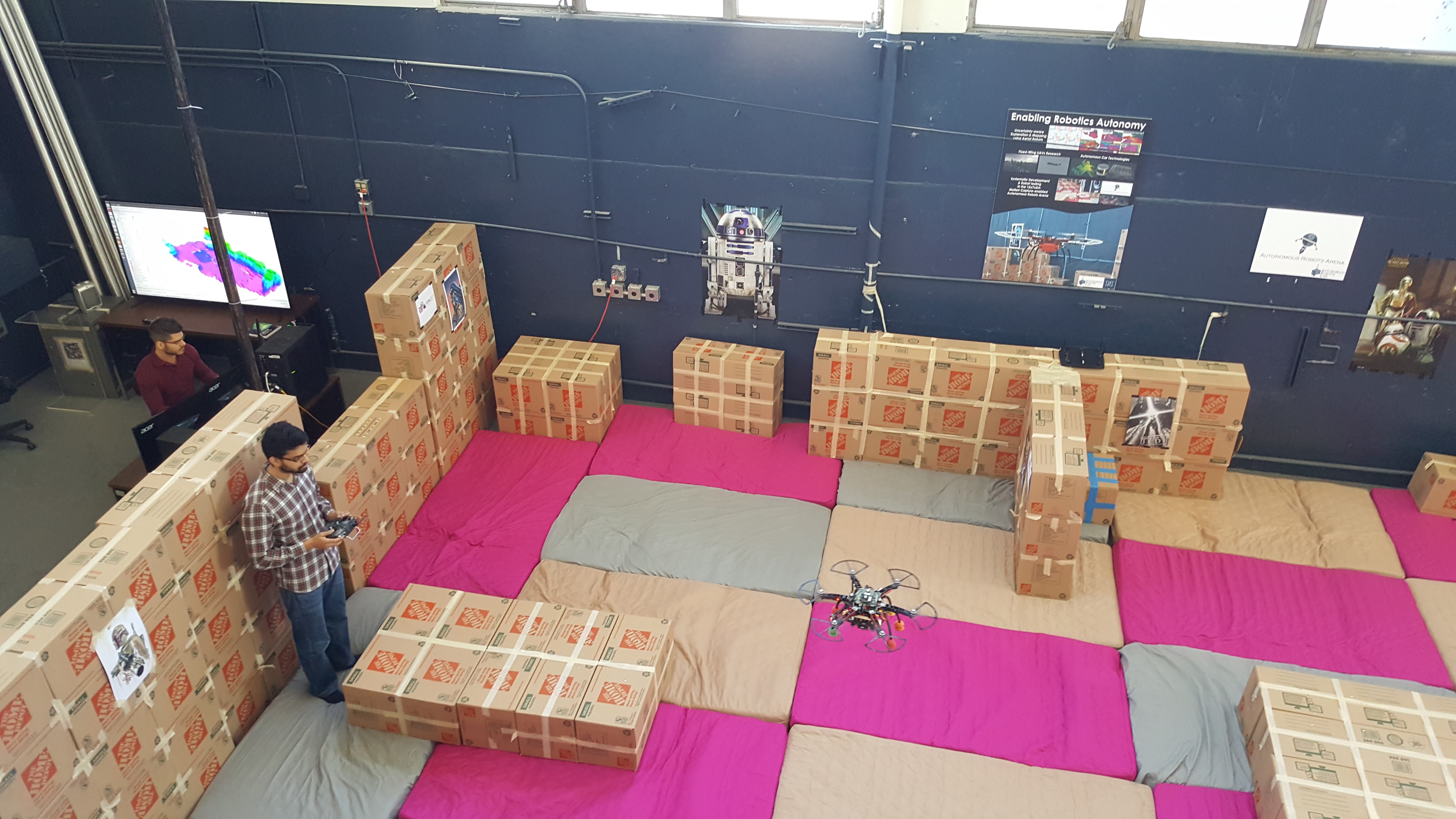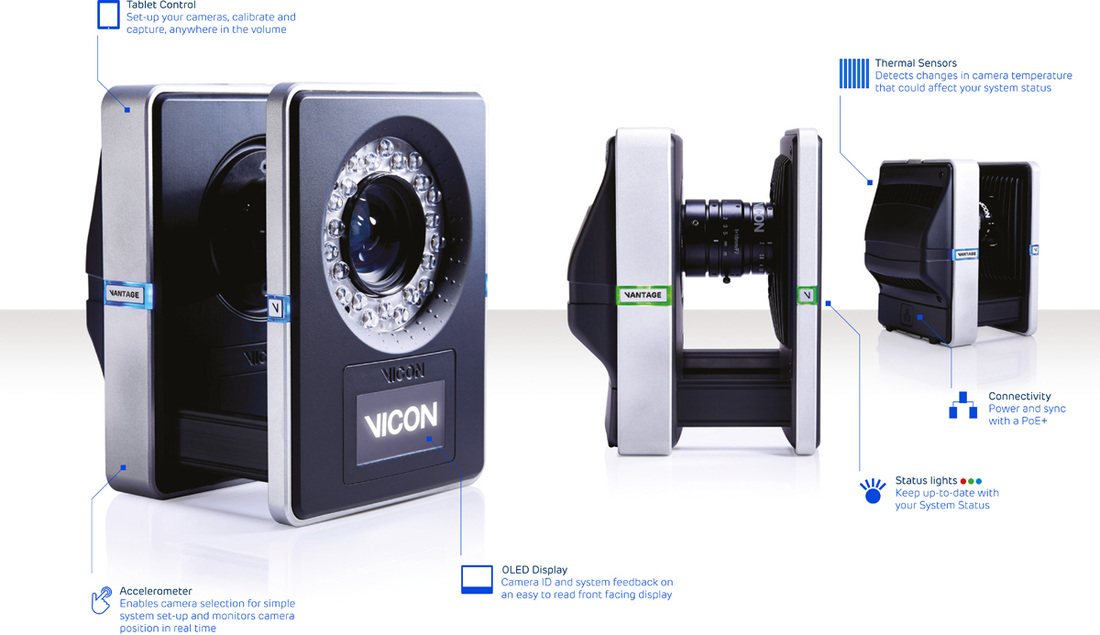Autonomous Robots Arena
We are excited to announce the first-level realization of the Autonomous Robots Arena at the University of Nevada, Reno. This project is the result of a collaborative effort among UNR faculty and the office of VPRI. The Autonomous Robots Arena aims to become a unique research infrastructure that enables the comprehensive testing of advanced robotic systems. It currently integrates a Motion Capture system built around the VICON Vantage V8 cameras (providing sub-mm and sub-degree accuracy of tracking the markers defining object geometries). As of today, the motion capture-enabled volume dimensions are LENGTHxWIDTHxHEIGHT = 15x7x5m. Within the next period, the following developments will take place:
The Autonomous Robots Arena corresponds to a tool to advance and accelerate the research studies in the field of autonomous robots and systems.
Interested students and researchers should contact us [email protected]. Room for work is available. Soon a web-based system to book a time slot for work will be available. Find us at ARF 116/118 , ARF - HighBay.
- Deployment of a ROS framework for autorecovery control for aerial robots operating within the arena.
- Deployment of a ROS framework for convenient, abstracted integration of robot sensors, controllers, localization and mapping algorithms and path planning strategies.
- Deployment of a MATLAB-based set of utility functions for the rapid analysis of experiments.
- Installation of wireless communication systems for easy connection to the motion capture stream.
- Installation of visible-light cameras for automated recorded of experiments.
- A cloud computing system for rapid prototyping.
- Installation of further passive safety mechanisms (nets etc.)
- Aesthetic improvements
The Autonomous Robots Arena corresponds to a tool to advance and accelerate the research studies in the field of autonomous robots and systems.
Interested students and researchers should contact us [email protected]. Room for work is available. Soon a web-based system to book a time slot for work will be available. Find us at ARF 116/118 , ARF - HighBay.
Indicative photos of the facilities are shown below. Robot for scale :)
The employed VICON camera is the Vantage V8 shown below. 10 such cameras are currently integrated to provide accurate pose estimates within the 15x7x5m volume of the Autonomous Robots Arena.





